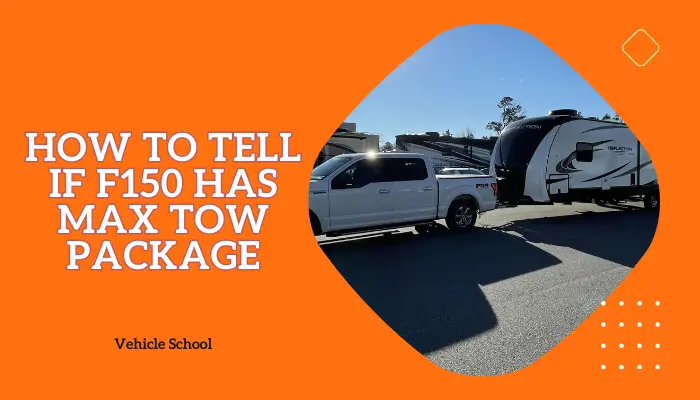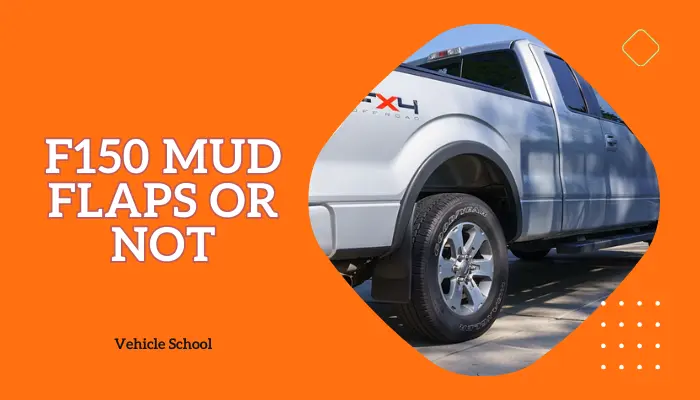The F150 2.7L EcoBoost, with 325 HP and 400 lb.-ft. of torque, offers better fuel efficiency (20/26 MPG) and is ideal for daily driving and light towing (9,100 lbs) whereas the 3.5L EcoBoost delivers 375 HP, 470 lb.-ft. torque, and superior towing (13,200 lbs), but has more turbo lag and slightly less reliability.
There’s a lot more nuance to the thing than that, though! Keep reading for a more detailed comparison.
Ford F150 2.7 Vs 3.5 Comparison Table
Here’s an overview of how both engines compare to each other:
| Factor | 2.7L EcoBoost | 3.5L EcoBoost |
| Power And Handling | 325 HP and 400 lb.-ft. of torque, with a great boost for daily drives. | Serious, muscular power for heavy loads at 400 HP and 470 lb.-ft. of torque. |
| Towing Capacity | Capable for smaller trailers and boats. | Superior for the largest trailers and robust loads. |
| Fuel Efficiency | Very thrifty for daily driving and cruising | Competitive efficiency, especially when towing |
| Price | Very budget-friendly and affordable. | Higher initial cost, pays off when towing |
| Acceleration | Extremely responsive with barely any turbo lag. | Noticeable turbo lag, less instant power. |
| Payload Capacity | Quite limited, can only handle light cargo. | Very robust, effortlessly hauls hefty cargo. |
| Reliability | Solid and durable. | Slightly more prone to issues. |
| Availability | Present in practical lower-end and mid-range trims. | Found in luxury trims with more features. |
Ford F150 2.7 vs 3.5 ecoboost In Detail
Now, let’s talk about all the differences in more detail.
1. Power and Raw Speed
Winner: 3.5L EcoBoost
If you want an engine that’s peppy for your everyday drives and light towing, go for the 2.7L EcoBoost; it’s got 325 HP and 400 lb.-ft. of torque, giving you a fun driving experience.
On the other hand, if you need some serious power for heavy tasks, the 3.5L EcoBoost, with 375 HP and 470 lb.-ft. of torque, is your best bet.
You’ll feel the oomph with it both on the highway and in the down lows.
The 2.7L is good for quick bursts but doesn’t quite shine on long stretches on the highways.
Do note that while the 3.5L offers raw power, the 2.7L is more reliable for that boost.
It’s built from scratch as a turbo engine, unlike the 3.5L EcoBoost, which is more like a tweaked version of its 3.5L NA variant.
2. Towing Capacity
Winner: 3.5L EcoBoost
For towing needs up to 9,100 lbs, the 2.7L EcoBoost engine is more than capable, making it perfect for trailers and small boats.
However, if you’re looking to tackle larger trailers and more hefty loads, the 3.5L EcoBoost, with its best-in-class towing capacity of 13,200 lbs, takes the lead.
If towing capacity is a deal-breaker for you, the 3.5L is the superior choice. For those also considering the F150 5.0 vs 3.5 it’s noteworthy that the 3.5L EcoBoost offers approximately 1.54% more towing capacity than the 5.0L V8.
3. Fuel Efficiency
Winner: Tie. Depends on preferences.
If stretching your fuel budget matters to you, the 2.7L is the more attractive option.
With its EPA-estimated fuel economy of 20 MPG city/26 MPG highway, it’s a lot lighter on the wallet if you want something for daily driving and highway cruising.
The 3.5L EcoBoost provides competitive fuel efficiency with an EPA-estimated fuel economy of 18 MPG city/25 MPG highway.
However, the 2.7L tends to be slightly more frugal overall.
This might be different if you’re getting the truck for towing, though. The 3.5L has better torque at lower RPMs, meaning you won’t be searching for power when climbing hills. That makes towing easier and helps with gas mileage.
Unlike gas engines that guzzle fuel when towing due to higher RPMs, the 3.5L’s lower RPM torque delivery keeps things more efficient.
4. Price And Availability
Winner: 2.7L EcoBoost
Speaking of wallets, If you’re watching yours, you might be more into the 2.7L EcoBoost engine.
This engine stands out with its lower upfront cost, providing a budget-friendly pick without sacrificing performance. It’s a practical and affordable option.
Meanwhile, the 3.5L comes with a higher initial price tag. You won’t truly feel its benefits unless you’re into towing.
As for availability, the 2.7L EcoBoost is a bit more limited, available in just the XL, XLT, and Lariat trims. You won’t get the more luxury trims if you go for this engine.
On the other hand, the 3.5L EcoBoost spreads its options across the XL, XLT, Lariat, King Ranch, Platinum, and Limited trims.
Since the 2.7L has the core trims and is cheaper, I’ll give it the win.
5. Acceleration
Winner: 2.7L EcoBoost
If you crave immediate and smooth power delivery, the 2.7L EcoBoost engine has little to no turbo lag.
It offers a much more responsive driving experience, especially in situations where quick acceleration is desired.
In contrast, I’ve seen many 3.5L drivers note a bit of turbo lag with the 3.5L EcoBoost, which means immediate power delivery is less likely.
So if you enjoy a more dynamic and engaging ride, the 2.7L is your best bet despite its lower top speed.
6. Payload Capacity
Winner: 3.5L EcoBoost
While the 2.7L EcoBoost provides a practical solution for many needs, it has a big limitation in payload capacity, with a maximum payload of 2,470 lbs.
However, you can only get a practical capacity if you go for the 2.7L payload package, but you’ll only get that with XLT.
Most of the models can only handle about 1300-1400 lbs in real life, despite what’s written on paper.
That’s because they have lighter rear axles, a much lower GVWR as well as a lighter frame.
If you regularly haul heavy loads in the truck bed, the 3.5L EcoBoost offers a more robust payload capacity of 3,230 lbs, making it the preferable choice.
The 3.5L’s higher payload capacity means you can carry around all kinds of cargo.
7. Ford 2.7 vs 3.5 Reliability
The 2.7L is more reliable than the 3.5L EcoBoost. The 2.7L engine was built from the ground up as a turbo engine, which tends to enhance its reliability.
In contrast, the 3.5L EcoBoost is a modified version of its naturally aspirated variant, which can make it slightly more prone to issues.
This foundational difference in design suggests that the 2.7L is better optimized for durability and consistent performance under typical driving conditions.
Which reaches 0-60 faster, 3.5L Ecoboost V6 or 2.7L Ecoboost V6?
The 2.7L Ecoboost V6 hits 0-60 faster than the 3.5L. The 2.7L is quick to boost, giving it brisk acceleration even under light load, and it revs up to max torque RPM smoothly. In comparison, the 3.5L takes a bit more push and doesn’t quite match the same responsive feel.
Final Thoughts
In the end, it boils down to this: do you want raw power capable of pulling almost everything along? Or something decently powerful that you’ll feel more during everyday drives?
Go for the 3.5L if it’s the first, and the 2.7L if it’s the latter.
Either way, you won’t regret whatever you choose. Both engines are versatile and powerful.
However, there’s still a heads-up: if you go for the 3.5L, you might have to be prepared to deal with some minor cam phaser issues.
That’s not too common from my experience, but I’ve seen a few users across forums and Reddit dealing with this.
Anyway, that’s all for this post! Good luck with picking.






